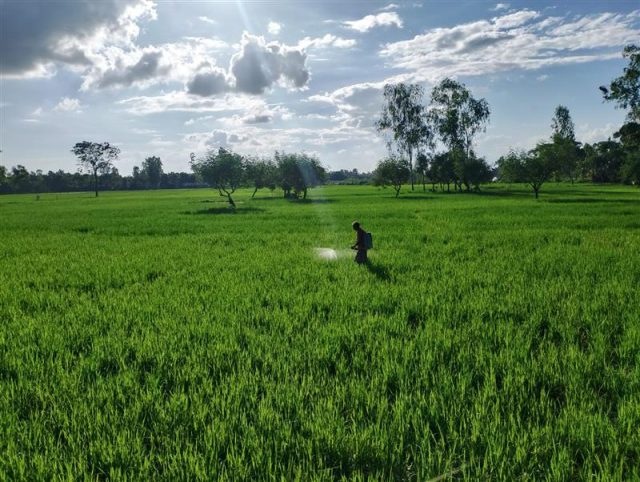History meets hydrology in a South Indian district's perilous water gap
- From
-
Published on
30.11.20
- Impact Area

Kolar district, in India’s southern state of Karnataka, has been known for centuries as a district of tanks: its landscape is dotted with nearly 3,000 surface reservoirs excavated by successive ancient kingdoms to secure water for household use, livestock, irrigation and groundwater recharge. These tanks, together with shallow open wells, were the predominant sources of irrigation water up until 1985.
Then the flow began to diminish, and farmers started extracting groundwater from deeper aquifers to irrigate fields. By 2000, farmers could no longer rely on Kolar’s mostly dry ancient tanks; irrigation had shifted to borehole wells. Now a district of boreholes, Kolar has also become one of the most water-stressed districts in South India, with the gap between groundwater supply and demand growing by the year…
Related news
-

New Genomic Discovery from ICRISAT Could Save Farmers Millions by Preventing Groundnut Sprouting Before Harvest
International Crops Research Institute for the Semi-Arid Tropics (ICRISAT)02.12.25-
Food security
-
Poverty reduction, livelihoods & jobs
Breakthrough study identifies varieties and key genes to halt sprouting before harvest in groundnut …
Read more -
-

From Dirt to Decision-Making: Governance and Soil Health Must Go Hand in Hand
Multifunctional Landscapes Science Program26.11.25-
Biodiversity
-
Environmental health
-
Environmental health & biodiversity
In October, the world convened in Des Moines for the 2025 Borlaug Dialogue under the…
Read more -
-

Cultivating climate-smart rice: How specific cultivars and smarter fertilizing can cut emissions and maintain yield
International Rice Research Institute (IRRI)19.11.25-
Climate adaptation & mitigation
-
Food security
By Bushra Humaira Sadaf A team of researchers from the Bangladesh Rice Research Institute (BRRI), I…
Read more -
